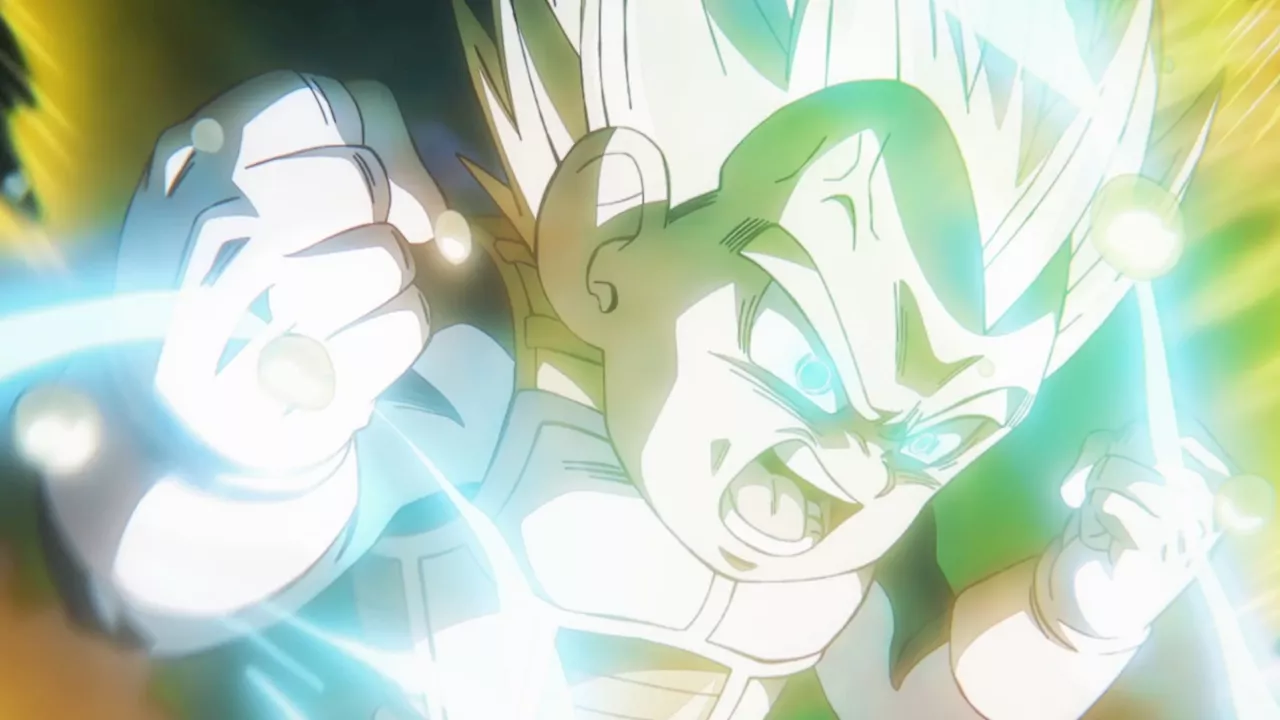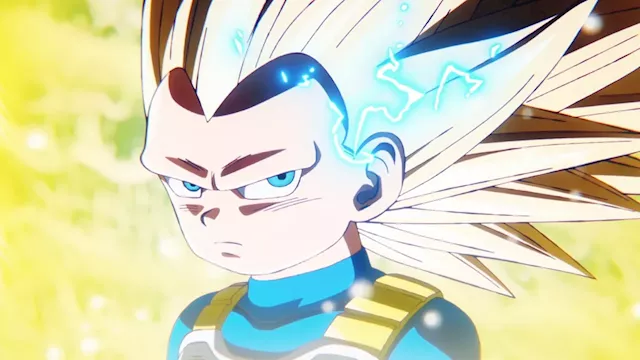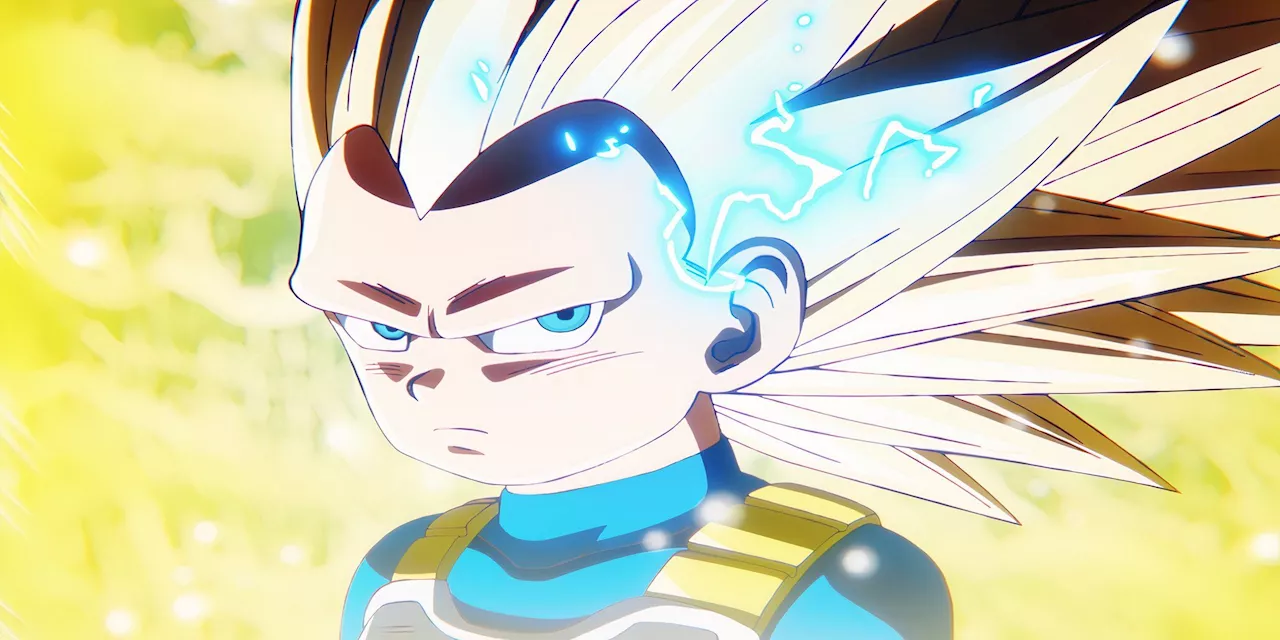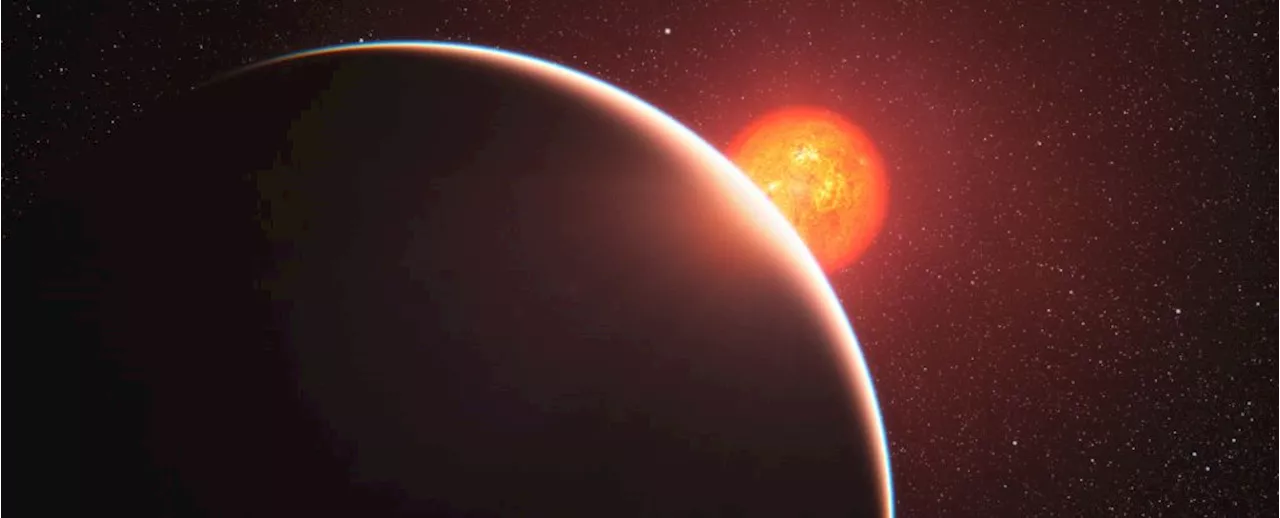New observations using the James Webb Space Telescope (JWST) suggest that Enaiposha, a previously categorized mini-Neptune, may be something entirely new. Analysis of the exoplanet's atmosphere reveals the presence of carbon dioxide and points to a composition dominated by metals at lower altitudes, challenging our understanding of this type of planet.
An object we thought belonged to the most common category of planet in the galaxy has turned out to be something we've never seen before. GJ 1214 b, or Enaiposha , is a hazy world orbiting a red dwarf star about 47 light-years from Earth. Previously likened to a mini-Neptune, in-depth observations obtained using the James Webb Space Telescope (JWST) now suggest the exoplanet is more like something else entirely. Enaiposha is one of the most studied exoplanets in the sky.
It was discovered in 2009, with a mass and radius that put it somewhere between Earth and Neptune. Subsequent observations revealed a substantial atmosphere. Exoplanets in this mass regime generally fall into one of two categories. Super-Earths are thought to be terrestrial exoplanets larger than Earth, hosting hydrogen-rich atmospheres, if they have one at all. So-called mini-Neptunes can be of a similar size, but their composition is significantly different, with denser atmospheres rich in hydrogen and helium, and liquid oceans possibly wrapping their surfaces. Mini-Neptunes are the most numerous of the more than 5,800 confirmed exoplanets at the time of writing, which is interesting because we have nothing directly analogous to them here in our Solar System. Both super-Earths and mini-Neptunes are intriguing to scientists because, if other conditions are just right, they might be habitable to life as we know it. This is partly why astronomers closely study Enaiposha, a world clocking in at 2.7 times the radius and 8.2 times the mass of Earth. Although the world is far too close to its host star, Orkaria, and therefore far too hot to be likely habitable itself, its proximity to Earth means we can see it relatively easily, meaning it could give us information that might aid in our understanding of other similar exoplanets elsewhere in the galaxy.But Enaiposha poses some problems, too. Its atmosphere is so thick that we can't peer into it very easily. Based on JWST and Hubble observations, previous studies found that the exoplanet may have a water-rich atmosphere that also contains vaporized metals. But now, new research efforts suggest that we may have missed something. Led by astronomers Everett Schlawin at the University of Arizona and Kazumasa Ohno at the National Astronomical Observatory of Japan, a team of researchers has studied transit data for Enaiposha, and discovered something unexpected. As the exoplanet passed in front of the star, whipping around on its 1.6-day orbit, JWST data suggests that starlight traveling through Enaiposha's atmosphere was altered by carbon dioxide, in concentrations similar to the carbon dioxide that makes up our own atmosphere. The signal from the first study is tiny, and so it required careful statistical analysis to ensure that it is real. At the same time, we needed the physical and chemical insights to extract the true nature of GJ 1214 b's atmosphere. So, in a second paper, the researchers set about conducting theoretical models that could explain the data. The scenario that best fit the observations, they found, is if Enaiposha has an atmosphere dominated by metals at lower altitudes, and only relatively small amounts of hydrogen, a finding that challenges our previous understanding of this type of planet. Their reading implied the notion of the super-Venus, a world similar to Venus: very hot, and choked by a carbon-rich atmosphere through which it is difficult to see. But the exoplanet's trickiness has not yet been circumvented. The observed signature is so small that extensive follow-up will be required to determine if the team's conclusions are correct, especially because it's something new
Enaiposha GJ 1214 B Exoplanets James Webb Space Telescope (JWST) Atmosphere Composition Super-Venus Mini-Neptune
United States Latest News, United States Headlines
Similar News:You can also read news stories similar to this one that we have collected from other news sources.
 Vegeta's Hidden Super Saiyan 3: Dragon Ball Super Answers a Long-Standing MysteryThe new Dragon Ball Super anime has finally shed light on Vegeta's seemingly skipped Super Saiyan 3 form, revealing a secret training regimen and a deeper understanding of his character.
Vegeta's Hidden Super Saiyan 3: Dragon Ball Super Answers a Long-Standing MysteryThe new Dragon Ball Super anime has finally shed light on Vegeta's seemingly skipped Super Saiyan 3 form, revealing a secret training regimen and a deeper understanding of his character.
Read more »
 Vegeta Unleashes Super Saiyan 3 in Dragon Ball Super: Super HeroIn a shocking turn of events, Vegeta achieves Super Saiyan 3 for the first time in Dragon Ball Super: Super Hero. Despite his previous limitations, Vegeta surpasses expectations and unlocks this powerful transformation, showcasing a distinct look with his hair pointing towards the sky.
Vegeta Unleashes Super Saiyan 3 in Dragon Ball Super: Super HeroIn a shocking turn of events, Vegeta achieves Super Saiyan 3 for the first time in Dragon Ball Super: Super Hero. Despite his previous limitations, Vegeta surpasses expectations and unlocks this powerful transformation, showcasing a distinct look with his hair pointing towards the sky.
Read more »
 Dragon Ball Super: Super Hero Gives Vegeta His Super Saiyan 3 DebutDragon Ball Super: Super Hero unveils a long-awaited Super Saiyan 3 form for Vegeta, surprising fans with the long-overdue reveal and a closer look at the design.
Dragon Ball Super: Super Hero Gives Vegeta His Super Saiyan 3 DebutDragon Ball Super: Super Hero unveils a long-awaited Super Saiyan 3 form for Vegeta, surprising fans with the long-overdue reveal and a closer look at the design.
Read more »
 Unveiling the Mystery of HypnosisThis article explores the workings of hypnosis, its applications in treating various conditions, and the public's perception of this intriguing phenomenon.
Unveiling the Mystery of HypnosisThis article explores the workings of hypnosis, its applications in treating various conditions, and the public's perception of this intriguing phenomenon.
Read more »
 Vegeta Finally Achieves Super Saiyan 3 in Dragon Ball SuperAfter years of speculation, Vegeta finally transforms into Super Saiyan 3 in the latest Dragon Ball Super chapter, showcasing a unique take on the form compared to Goku's.
Vegeta Finally Achieves Super Saiyan 3 in Dragon Ball SuperAfter years of speculation, Vegeta finally transforms into Super Saiyan 3 in the latest Dragon Ball Super chapter, showcasing a unique take on the form compared to Goku's.
Read more »
 Dragon Ball Daima Explains Why Vegeta Didn't Use Super Saiyan 3 in SuperDragon Ball Daima's recent episode featuring Vegeta's Super Saiyan 3 transformation raises questions about its absence in Dragon Ball Super. While fans may see it as a plot hole, the explanation lies in the significant drawbacks of the Super Saiyan 3 form.
Dragon Ball Daima Explains Why Vegeta Didn't Use Super Saiyan 3 in SuperDragon Ball Daima's recent episode featuring Vegeta's Super Saiyan 3 transformation raises questions about its absence in Dragon Ball Super. While fans may see it as a plot hole, the explanation lies in the significant drawbacks of the Super Saiyan 3 form.
Read more »
